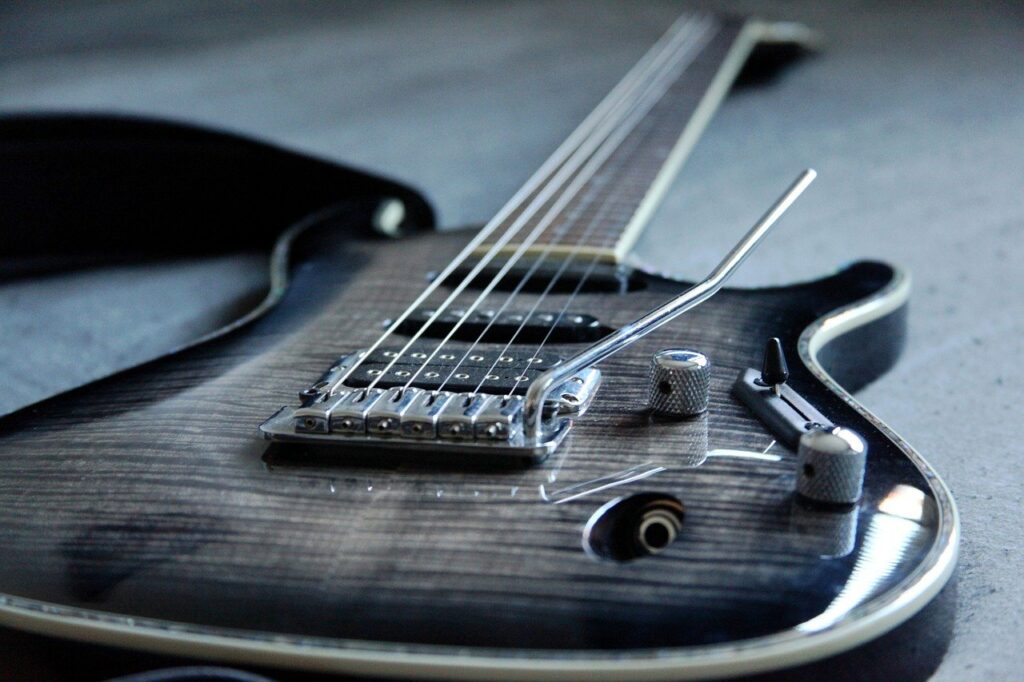Micro inverters optimises for each photovoltaic panel alone, except your entire solar system, as String inverts do. This enables every photovoltaic panel to perform at their maximum potential. In other words, one solar panel alone can not drag down the performance of entire solar array, instead of String inverters that optimise for the weakest web link. Shading of as little as 9% of a solar system connected to a String inverter, can lead to a systemwide decline in power output with as long as 54%. If one photovoltaic panel in a string had abnormally high resistance as a result of a production defect, the performance of every solar panel connected to that same String inverter would suffer. Similarly, coverage problems such as shading, dust, snow and even mild alignment mismatch on one of the photovoltaic panels would not bring the entire solar system down.
Microinverters are an excellent investment for a lot of solar shoppers– especially if you have a complex roof or one with partial shading. Due to the fact that microinverters run at the panel level, they don’t call for power optimizers for rapid shutdown compliance and optimization. Additionally, if something’s wrong with one microinverter, this will not close down your whole system, just the panel affixed to that solitary inverter. If one of your panels is underperforming, you can recognize and have your installer identify and repair the issue quicker than if you just had one central inverter.
One of the tricky features of solar batteries is that voltage needs to be gotten used to light level for maximum output of power. In other words, the performance of a photovoltaic panel hinges on the voltage tons that is applied from the inverter. MPPT is a strategy made use of to locate the ideal voltage– the maximum power point. When MPPT is applied to each individual panel, as opposed to the planetary system overall, performance will naturally raise.
Micro inverters are flat down more expensive than String inverters. Numbers from 2010 disclose that String inverters averaged at $0.40/ Wp (wattpeak), while the price of micro inverters significantly higher at $0.55/ Wp. Higher initial cost per wattpeak does not necessarily imply micro inverters are ultimately going to cost more. A number of other factors need to be taken into account. Solar installments with micro inverters are easier and much less time consuming, which typically reduced 15% of the installment costs. Better resilience and longer life expectancy should also be thought about.
Web-based monitoring on a panel-by-panel basis is normally available both for homeowner and installer. Continuously evaluating the wellness of the planetary system can pave the method for additional tweaks and performance enhancements. There are Energy Storage that enable you to monitor your PV system when traveling. Micro-inverters get rid of the requirement for high voltage DC wiring, which improve the safety and security for both solar installers and system proprietors.
While you’ll likely have better general system performance with microinverters, this comes at a cost. Generally, microinverters are more expensive than string inverters, so you need to weigh if the long-term performance benefit outweighs the in advance cost. String inverters typically rest on the side of your home. At the same time, microinverters are located on your roof, suggesting that if one needs to be fixed, the upkeep will be more difficult (and more costly if labor isn’t covered under your warranty). As formerly stated, the other thing to be aware of with microinverters is clipping: often, the power output ranking of your microinverter is less than that of the panel itself. So, when your photovoltaic panel’s output surpasses the microinverter’s production, you get clipping and don’t get the full power output of your solar panel.
7 Policies About Best Micro Inverter Guide Meant To Be Broken
Previous ArticleCheck Out This Guru Best Micro Inverter Guide System
Next Article 9 Buying Medicines Online Secrets You Never Discover
